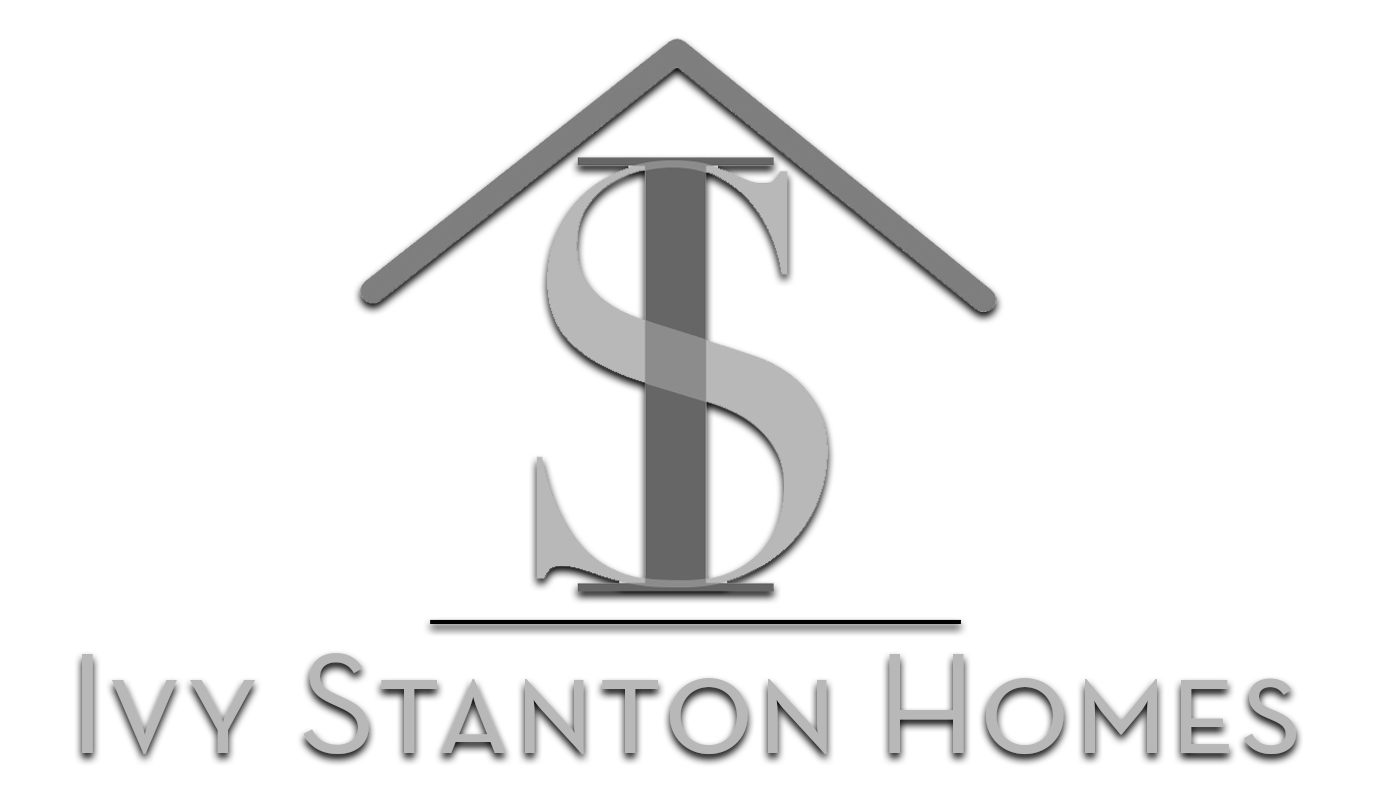The Struggling Convergence Between Austin Home Buyers and Sellers
Vancouver, Canada.
Vancouver, Canada – where the Fraser River and the Georgia Strait converge provides a vivid but fluid wall between salt and freshwater. The graphic collision appears more surreal than real. I tell ya, this summer’s real estate market in Austin and Georgetown seems like a struggling confluence between buyers and sellers. I’m not sure who the salty ones are, but I will leave that up to my discerning readers.
Before delving into the divergences, allow me to follow up with one detail from last week’s blog. In response to several readers who inquired about home price reductions in their Austin neighborhood, I dug a little deeper. Here is a link to an interactive zip map embedded within this Realtor.com article (be sure to scroll down a way) that may prove helpful. The zip code map provides three price points: Q1/2020, Q2/2021, and Q1/2024.
Click on the above underlined link to activate the interactive feature.
Now, on to this week’s topic: the myriad merging factors impacting Austin’s homebuyers and sellers. I’ll divide them into two broad categories: saline and fresh.
Salty Factors Spoiling Austin’s Housing Market.
Interest rates – it is all about the interest rates. For instance, take this past week. Until Friday morning, mortgage rates had retreated incrementally lower. What happened Friday? The monthly nonfarm payroll report. It stated that U.S. payrolls climbed 272,000 in May (way above Wall Street consensus) and wage gains accelerated. Why did good news cause bad news for mortgage rates? Strong job growth numbers restrain The Federal Reserve’s motivation to lower interest rates. As long as the economy is humming along, interest rates will remain where they are – higher than what most home buyers want.
“Is Austin’s housing market overvalued” teased the headline from the June 4, 2024, edition of the Austin Business Journal. The synopsis? According to First American Financial Corp., Austin suffers from the same malaise found in half of the nation’s major metro real estate markets: home prices eclipsing the median buying power of local residents. The cure? A decrease in house prices, an increase in wages, a lowering of interest rates, or a delightful recipe of all three. How does Austin rate nationally? Check out this comparative chart.
Click on the above underlined link to activate the slider.
PODS. You’ve seen their moving containers filling driveways in your neighborhood. They usually signal another new transplant moving to Austin. On May 30, 2024, KXAN reported the company’s newly released list of its most popular move-in and move-out U.S. cities. Where did Austin rank? Number five. Not in move-ins but in move-outs. (See the list here) What? It marks the first appearance of the city in PODS’ rankings. Why? Two of the factors contributing to the exodus according to the report included housing inaccessibility and dwindling affordability. PODS’ analysis also suggested that present uncertainties and layoffs within the tech industry might be giving residents pause on whether they should stay or move.
Fresh Factors Supporting a Rebound in Austin’s Housing Market.
Interest rates – it is all about the interest rates. This week, the Federal Reserve will hold its scheduled June meeting. The board’s report followed by the chairman’s press conference will hopefully provide clarity for the Fed’s interest-rate intentions.
Austin is poised for continued long-term growth within a diversified tech ecosystem. Says who? So, reports JLL, a leading global commercial real estate and investment management company with operations in over 80 countries and a workforce of more than 106,000 employees. Highlights include:
From 2020 to 2023, Austin experienced an impressive 39.9% growth rate in the number of tech companies conducting business within the city.
JLL forecasts a 25.1 increase in high-tech positions in the next five years.
The average Austin tech worker earns $197,769 a year, the sixth highest out of the largest North American cities.
Austin is back. After dominating U.S. News & World Report of the 150 “best places to live” in the 2010s, Austin plummeted to No. 40 last year. With its newest report, Austin returns to the top ten places to live coming in at No. 9. Leading factors, according to the report, included the job market. The city “has low unemployment and relatively high salaries.”
Georgetown’s growth. Georgetown, recently recognized as the fastest-growing city of its size for the third straight year, announced its City Council approved for the creation of a municipal utility district to serve a new 1,000-home community adjacent to Santa Rita Ranch.
From ranches to parks. That would be of the industrial variety.
More than 1 million square feet of warehouse and distribution space will start later this month in Hutto. The 118-acre site will answer “a huge demand for high-quality real estate to serve the tech firms and their suppliers and partners” according to Paul Smith, principal of Velocis, one of the developers.
And…developer Jackson-Shaw is “closer to finishing the 62-acre, 448,000 square-foot first phase of its planned 162-acre Georgetown campus. Tenants include Austin-based Control Panels USA, Ohio-based Clopay Corp, Houston-based Grander, and Onx Inc., a Carrollton-based builder.
And…Sourceability, a global electronic components distributor announced on June 6, 2024, plans to move its U.S. headquarters from Doral, Florida to Austin. The announcement did not specify how many of the 224 employees will relocate in the move.
And finally…Link Logistics Real Estate LLC, a logistics arm of Blackstone Inc., plans to build more than 1 million square feet of industrial space near Tesla’s massive gigafactory. The project is planned adjacent to Sansone Group’s million-plus-square-foot-industrial project. Why the concentration? Nick Sansone, principal at Sansone Group stated, “Austin maintains its status as one of the nation's leading growth markets, fueled by sustained demand in the industrial sector, particularly from suppliers serving companies such as Samsung and Tesla,” he said.



